From Table Mountain to the Sea: A Cape Town Journey
A fourteen-day stay in Cape Town, known as the “Mother City”, the first European settlement in South Africa. An absolutely beautiful city with its majestic flat-top Table Mountain overlooking the sea. The birthplace of political prisoner Nelson Mandela imprisoned for 27 years to eventually become the first president of South Africa in 1994 after ending racial segregation in 1985…quite an achievement but at a significant human cost. A multicultural city where at least four languages are spoken with a long history of harvesting wine. A city with probably one of the most horrific past yet able to find a pathway toward reconciliation. Here is what I’ve learned …..
But First a Bit of History
South Africa’s history, much like the rest of the continent, is mired by some of the worst colonization and patterns of racist behavior til this day. Going back to the 16th century, this beautiful coastal city of Cape Town was taken over by the Dutch becoming the first permanent European settlement in South Africa. It did not take long before the Dutch imported slaves from East Africa, Madagascar, and the Bay of Bengal, both of African and Asian race as its primary labor. By 1781, the French and the Dutch entered an alliance to only later be attacked and occupied by the British.
By 1834, slavery was abolished to only be replaced gradually by an apartheid system. Sadly, in 150+ years, it expanded to being one of the most oppressive regime against nonwhites in the world. By the 20th century, the world was slowly boycotting South Africa along with the emergence of the Africa National Congress (ANC) movement led by Nelson Mandela paving the way for the ending of apartheid in 1985. This later led to a newly appointed majority rule governance and the 1994 election of Nelson Mandela as its first president of South Africa. But even in a majority ruled country of nonwhites, systemic racism, social and economic inequality continues to persist in South Africa as experienced in the US and in most countries where slavery once existed.
Arriving in Cape Town
Traveling to Cape Town from Cairo, Egypt was a disaster. The flight was scheduled for 11:40 pm, an 8-hour red eye flight which was severely delayed leaving at 2:30 am. By the time it arrived at Johannesburg Airport, the four hours overlay I had to get thru customs was wiped-out and I missed my flight to Cape Town. My entire flight was from two different regional airlines of which I was unable to get any cooperation for either one. I ended up buying a business class ticket from another regional airline to catch a 5 pm which no longer had regular seats. The flight was later cancelled, and I was booked on a 7:30 pm flight that got me into Cape Town at 9:30 pm. At this point, I am pretty much stressed out and tired from the lack of sleep and delays. I generally try to fly-in during the day to cities/ neighborhoods for safety reasons and, where possible arrange for a driver to pick me up. I stayed at Protea Hotel-Apt residence (part of Marriot) near the V&A Waterfront which did not disappoint.
August is part of the winter season in South Africa, when the weather is similar to spring. A bit chilly in the morning, gradually climbing up to the early 70s by noon. We did get several days of rain and wind, keeping me mostly indoors. The spring weather was indeed a pleasant break of what had been six weeks of suffocating heat traveling in Dubai, Turkey and Egypt. Health-wise I continue to experience on and off back pains which I am good at ignoring. More recently, from all the spicy food I have been eating, my stomach has been grumbling, forcing me to be more selective.
What I Liked, Loved and Disliked about Cape Town
Cape Town is both a modern and vibrant coastal city surrounded and dominated by the iconic Table Mountain that is enormously breathtaking. This protracted mountain range with a flat top is just stunning, along with its beaches and the popular V&A Waterfront. There is a cable car that takes you to the top of the mountain. Unfortunately, during my stay it was undergoing maintenance which left me with no other option than to take a helicopter ride. I found the city to be very cosmopolitan, with strong multicultural influences from Africa, India and nearby Asian countries.
I was only able to travel within the center district having visited only one neighborhood, Bo-Kaap. There are parts of Cape Town that are severely under distressed and where the crime rate remains a problem (much like in any other major city, including the US). I also attended a tour of the area’s wineries and nearby communities. Below is a more descriptive summary of these and other activities during my stay.
V&A Waterfront
During my first two days, I walked over to what is the city’s major tourist attraction. This rather modern-day entertainment and shopping center situated in its oldest harbor facing Table Mountain is quite a fun place to be. It has a strong sustainable agenda required of all development. I was very excited with the formation of Workshop 17, a unique yet significant large workplace hub for entrepreneurship that supports young innovators, micro entrepreneurs and artisans along with a strong community presence. It is hard not to shop there as the variety and quality of the products are impressive. Besides the hub, there are countless shops, restaurants, eateries, museums, galleries, boat rides and other entertainment at the waterfront.
Museums
I attended three museums during my stay starting with…
Zeitz Museum of Contemporary Art Africa– The architecture and green design of the building is outstanding, converted from what was once a grain silo on the waterfront. Most of the temporary exhibitions consisted of short films which I did not particularly care for. Their permanent collection I found limited. Still a worthy visit to make.
District Six Museum- Wow, if you love history this is a place to visit. District Six was once a vibrant section of the city, a community of freed slaves, artists, laborers, immigrants, and small businesses of mixed race, forcibility removed. All of it taken away by one of the worst racist displacement program furthering the segregation of nonwhites. The museum is a chronology of what this district was like and the lost fight to stop it from being decimated. It requires you to read a bit to learn about the atrocities of displacement in turning this neighborhood into an only-white community and what was gained and lost. Yet, the fight is not over.
Robben Island Museum and Gateway to Nelson Mandela Prison Tour—Frankly, I would not call this site a museum as it so poorly equipped and disorganized. I was very disappointed with the few exhibits about Nelson Mandela’s life work. The gateway building offered a chronology of posters describing the history, and that, is pretty much it. The ferry ride takes about an hour and once you are there, it becomes even more disappointing. Usually, there is a former prisoner present to share his experience and answer questions. Unfortunately, you can barely hear or understand him. These tours consist of large crowds, yet the speakers do not have a microphone. There are hardly any exhibits and the ones available are awful. There are many families with children at these tours and there is nothing tailored for educating youngsters. Overall, it is a shameful way of honoring the life work of Nelson Mandela and the ANC movement where so many were incarcerated or died.
South African Vineyards
Definitely, a must do as it not only offers excellent wines to enjoy but the views of the area and the mountain range are exquisite. I attended a tasting tour with lunch from two well-known wineries, Stellenbosch and Franschhoek. Got to taste one of South Africa historic grapes– Pinotage. I liked it enough to try it again. It’s lighter than the usual dry reds I tend to drink. The towns are quite lovely, although hardly racially diverse. Ideally, I would have preferred to spend an entire day in each of these two wine regions.
African Drumming and Dinner Show
I generally do not go out at night but attending this unique Cape Town’s drumming and dinner show was an exception. The show is very colorful with beautiful costumes and performances. Each attendee is given a drum to be part of the drumming and singing experience. Best part is the cuisine which offers 14 South African dishes. My favorites were Namibian seared ostrich fillet salad with toasted seeds, Malawi sweet potato cakes, Mozambiquan piri piri chicken wings and the Zanzibar linefish curry with coconut. A good enough reason to want to take a cooking class.
African Cooking Classes
I attended two African cooking classes that offered both African and Indian cuisine. I always try to sign up for cooking classes when visiting foreign countries as a way of learning about food culture and its history. But it is also a super way of engaging with other travelers, especially when traveling alone. Because of the large mixing of race among African and Indian populations brought on by the slave trade, the South African cuisine is uniquely different as compared to other parts of Africa.
Bo-Kaap Neighborhood
After completing a cooking class, I walked with other travelers to see and admire this colorful vibrant neighborhood. This was formerly a racially segregated area of the city once known as the Malay Quarter because of its strong Indian, Asian and African population. Most of the building are painted with bright colors and murals with many of these homes built and restored from the 1850s. It is the oldest surviving residential neighborhood in Cape Town.
Helicopter Flight over Table Mountain
On my last day before leaving for Kenya, I hopped on a 13-minute helicopter ride to fly over Table Mountain and to experience both the city skyline and coastal area. It’s hard to believe that this amazing flat top mountain was once at sea level, but pressure from the magma and the movement of the continents forced it to rise to its present glory. The helicopter ride offers you an entirely different perspective from riding a cable car. A better substitution and not as expensive. A unique chance to take photos of this unforgettable ride and to fully appreciate this stunning landscape of the most southern tip of Africa.
Lastly, My Photos
I was very pleased to have traveled to South Africa as I found the people and its places to be quite amazing. I certainly would have not mind staying for an entire month and traveling further north into South Africa but preferably during its summer season. One thing I did not do in South Africa was to part take in a Safari since I planned to do one in Kenya. However, for those who are planning a trip to Cape Town, it should be part of your itinerary.
I personally would love to do a photo project about the city’s multicultural community and how different (or not) life is since the ending of apartheid, now almost 20 years ago.
As always, my photos reflect my travels focusing on the country’s landscape, its peoples and culture. Remember to click the center of the photo for a full view of each photograph.

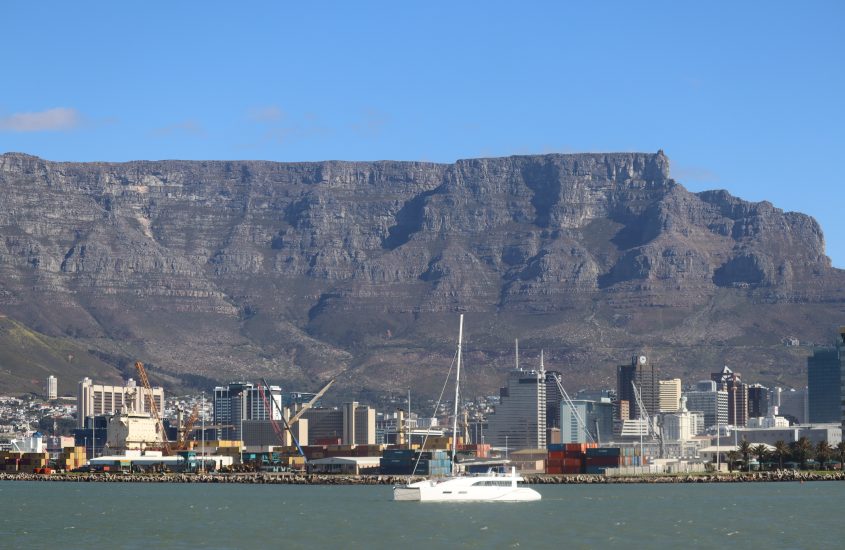
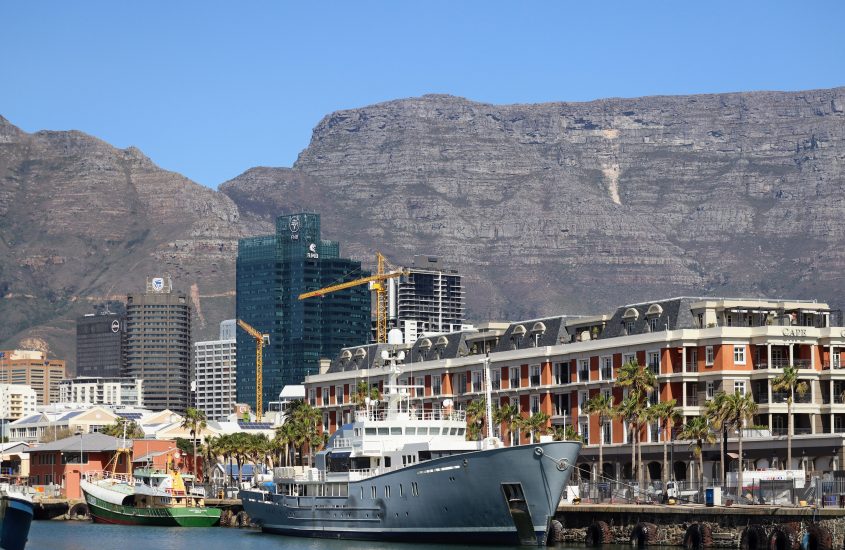
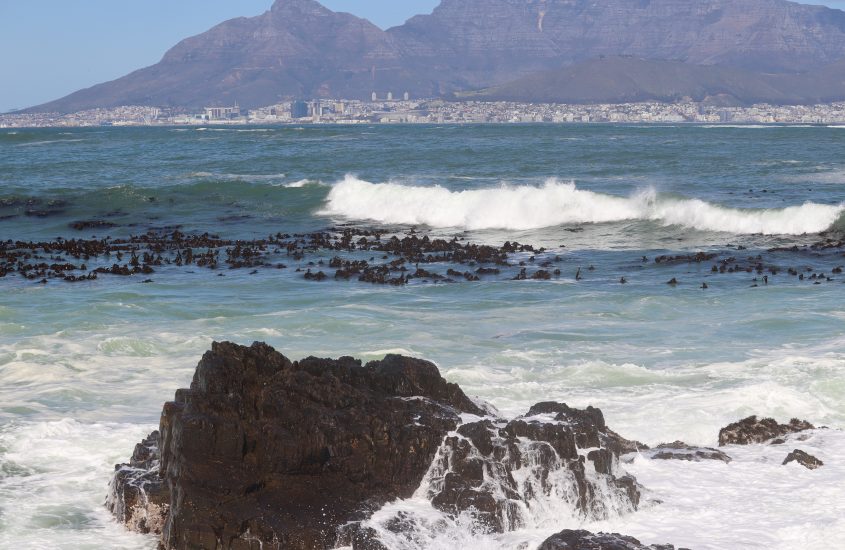


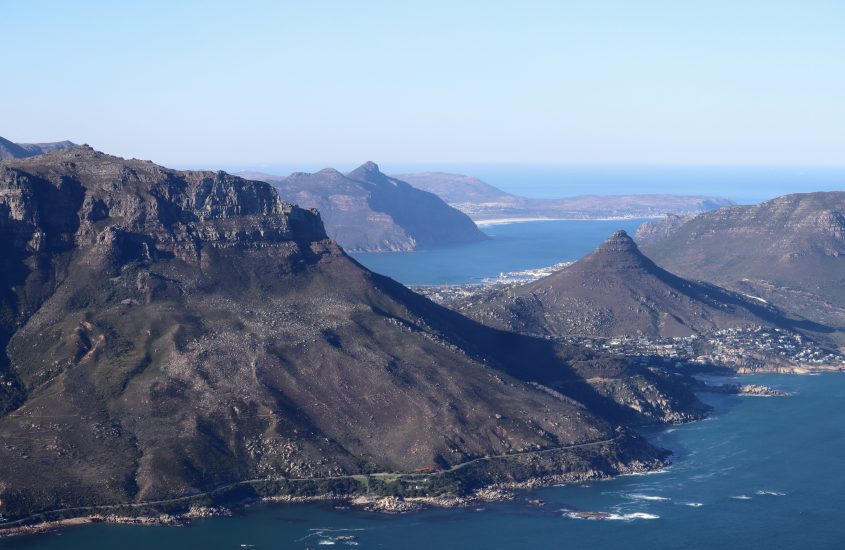


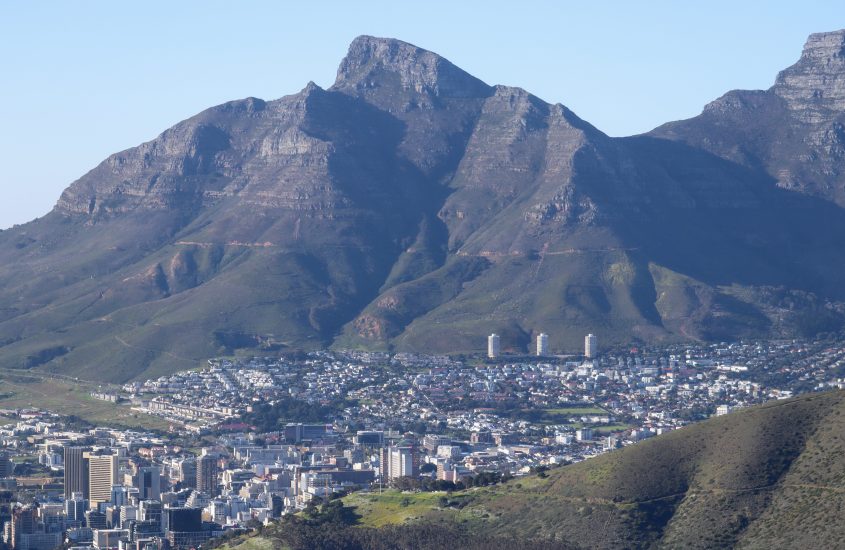
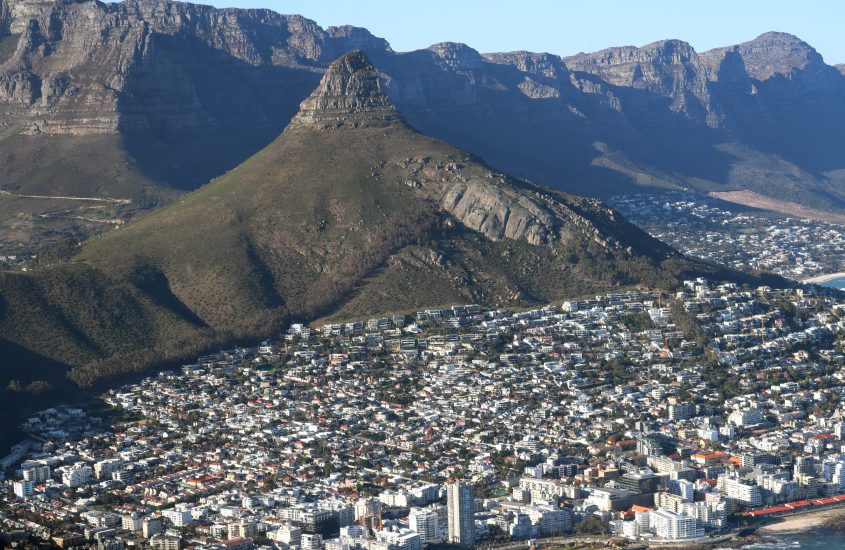
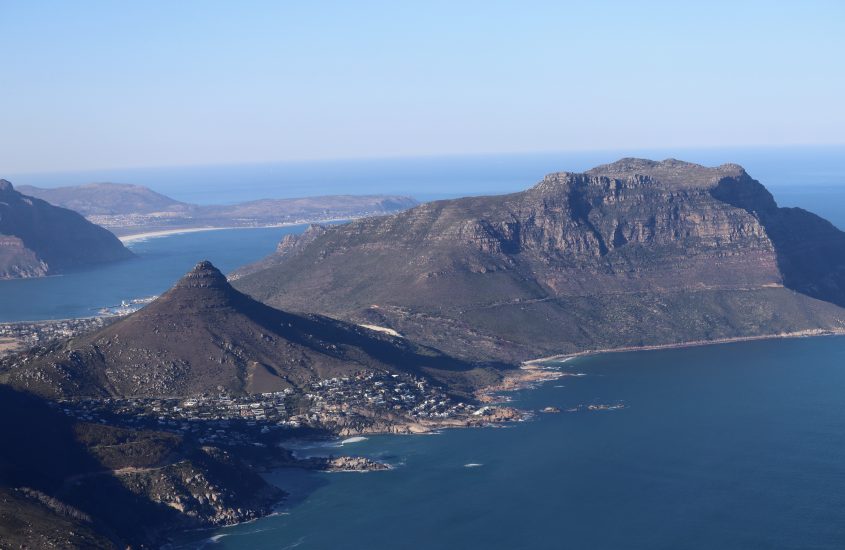
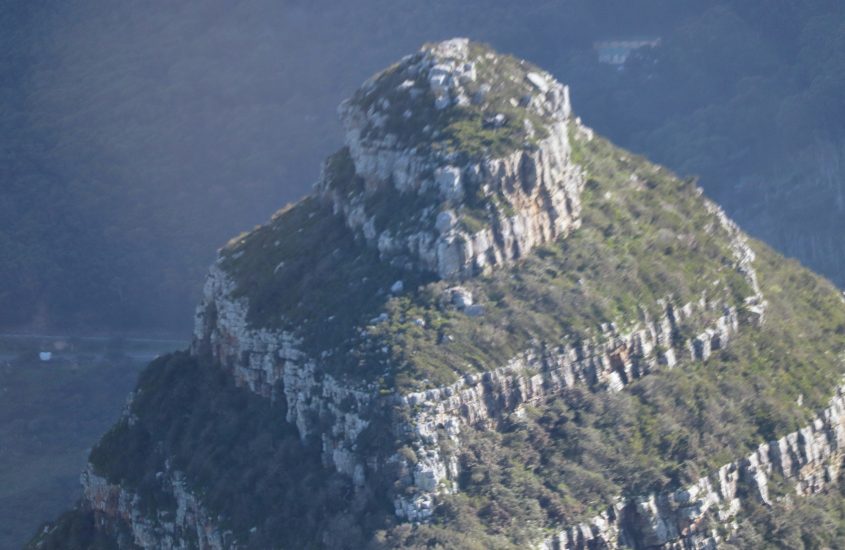
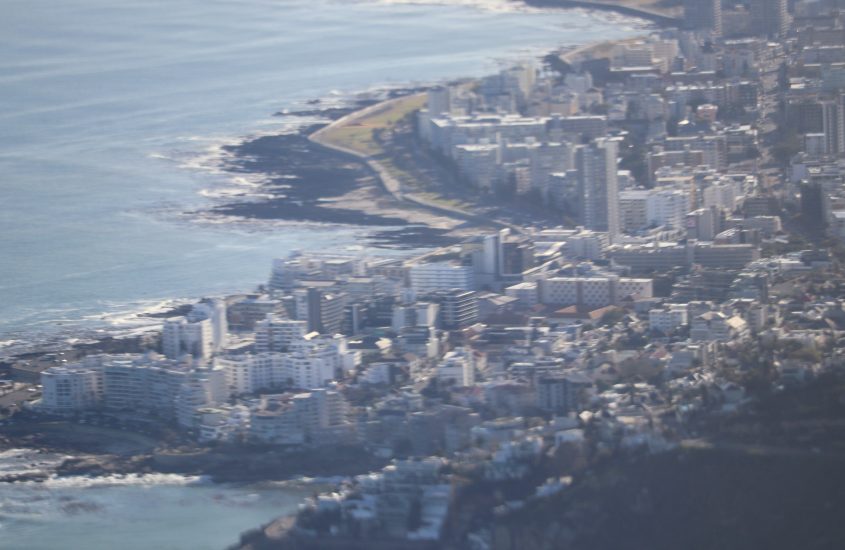
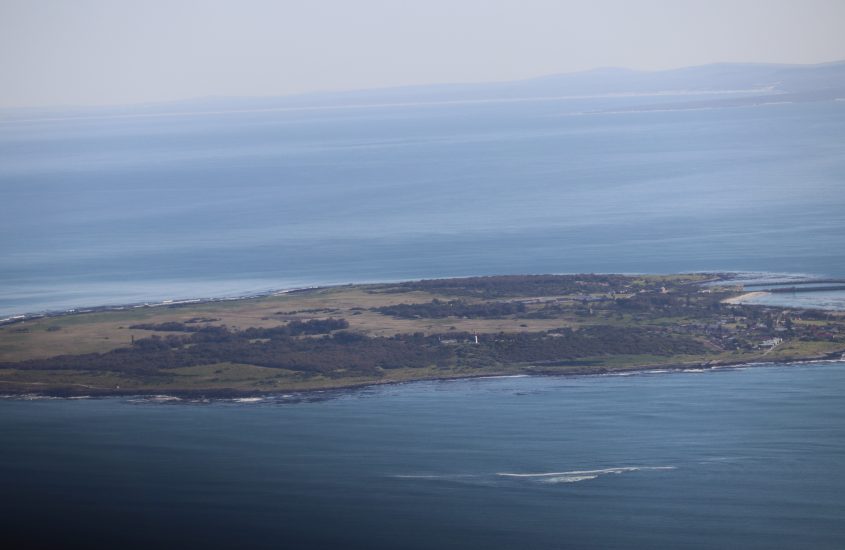
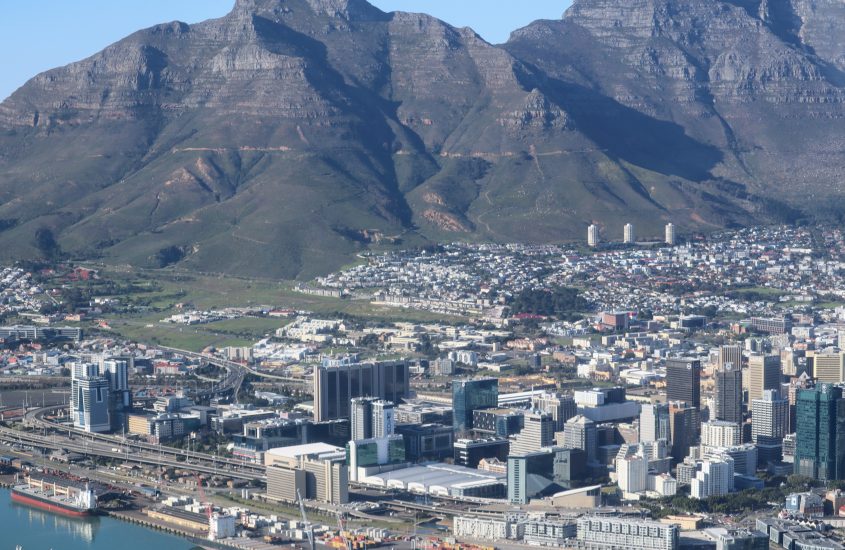
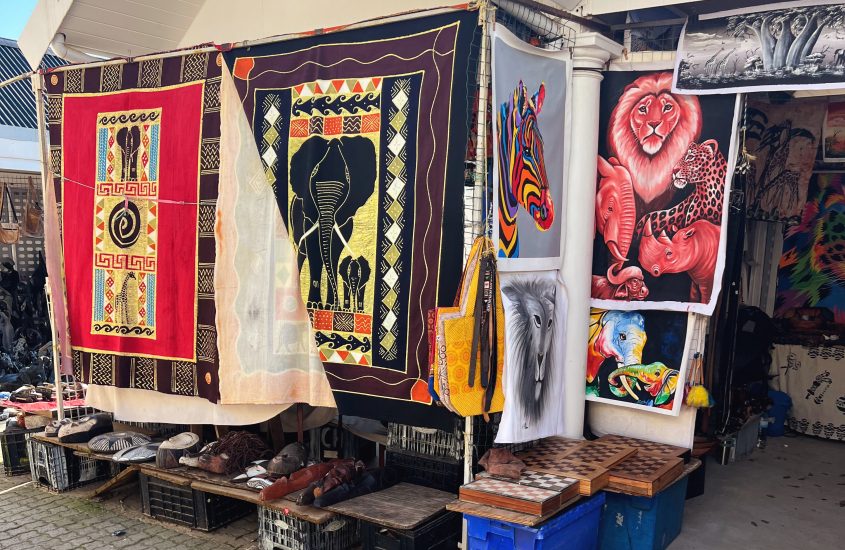
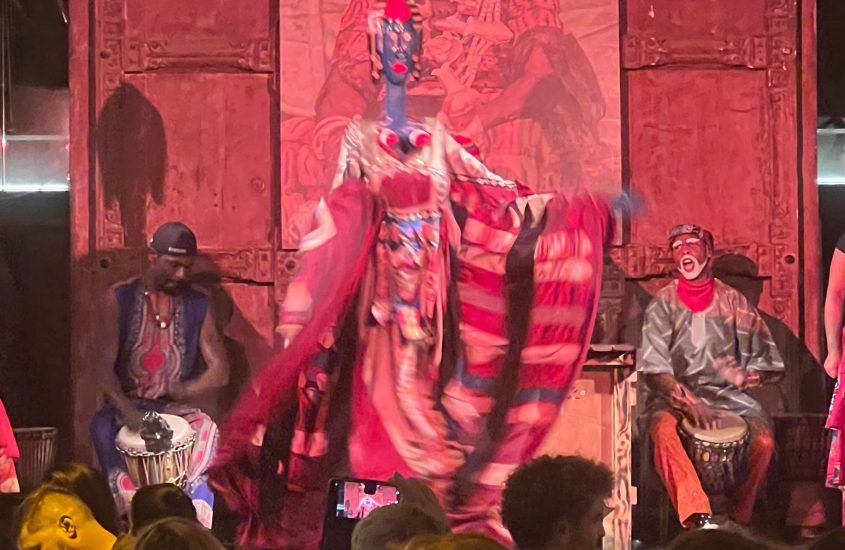
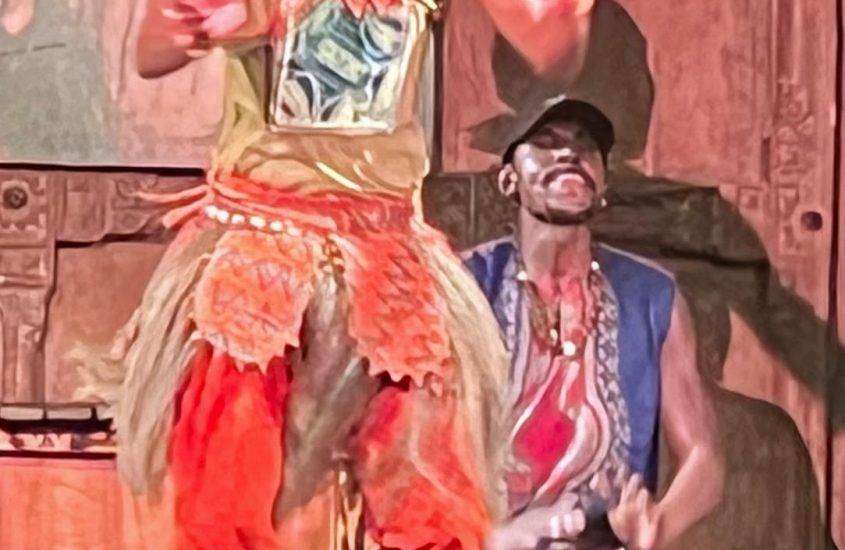
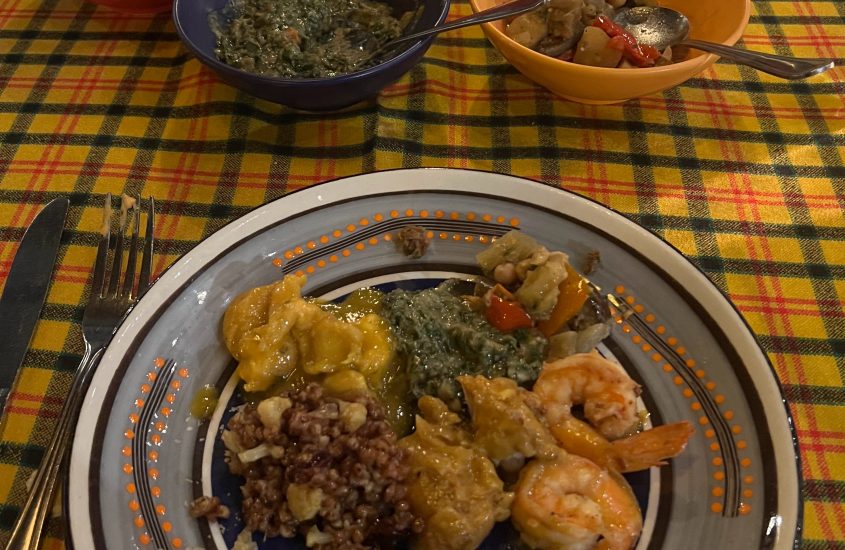
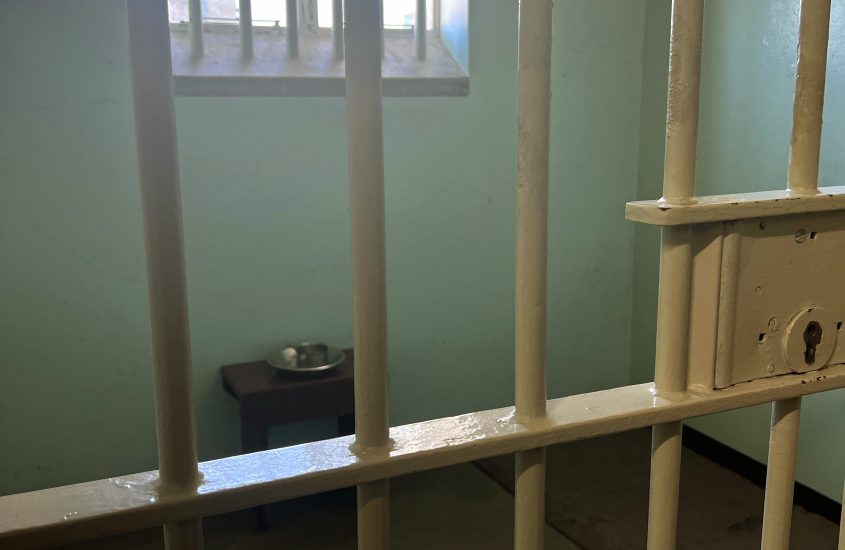
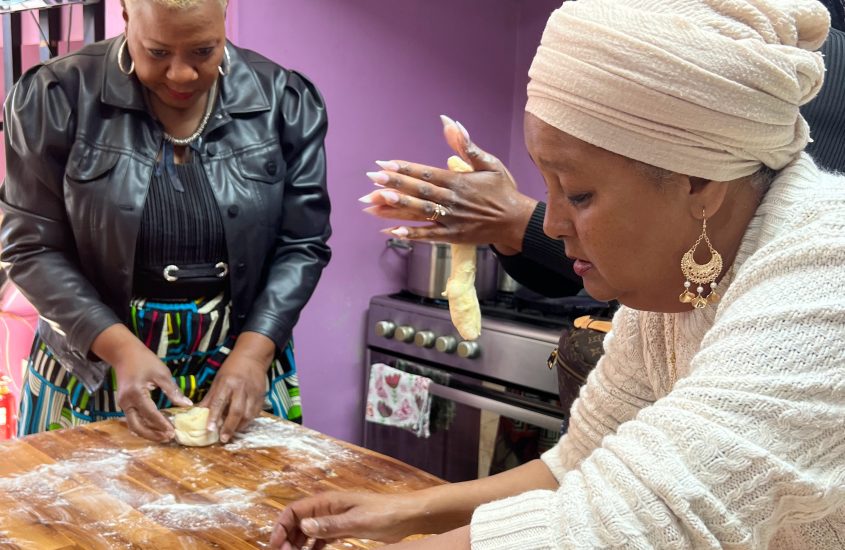
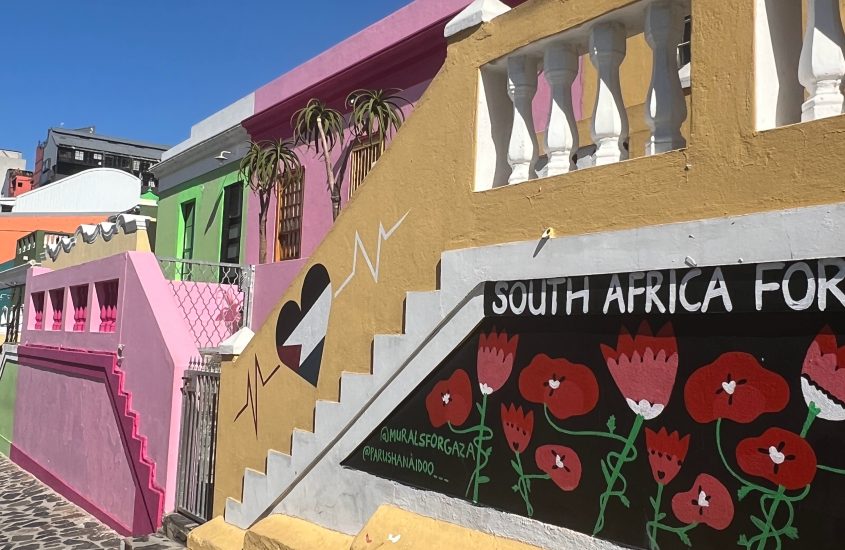

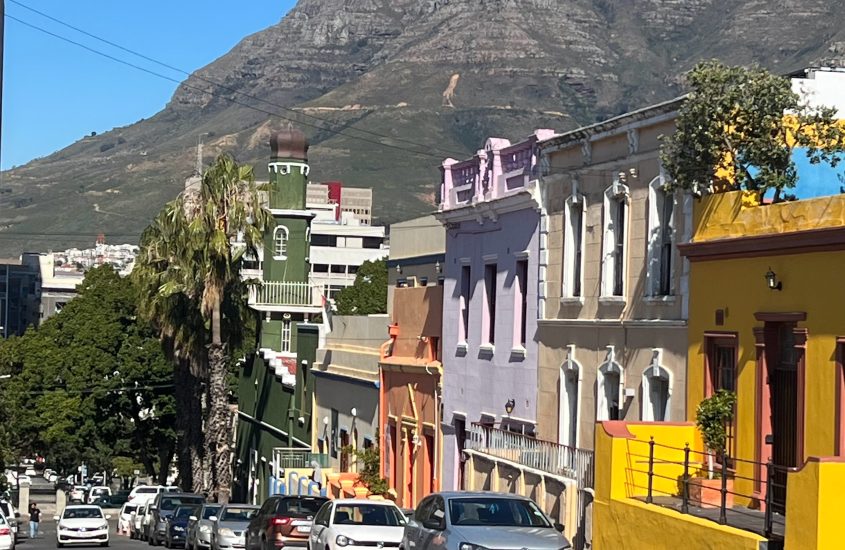
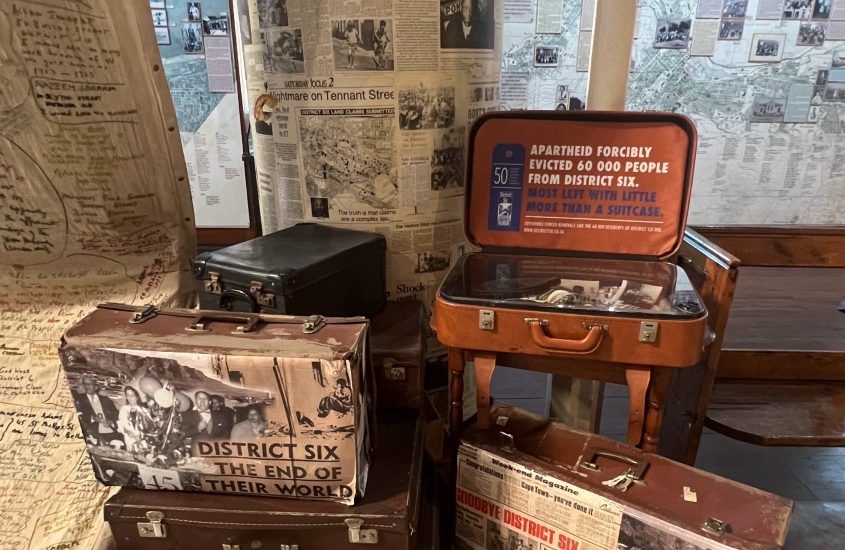
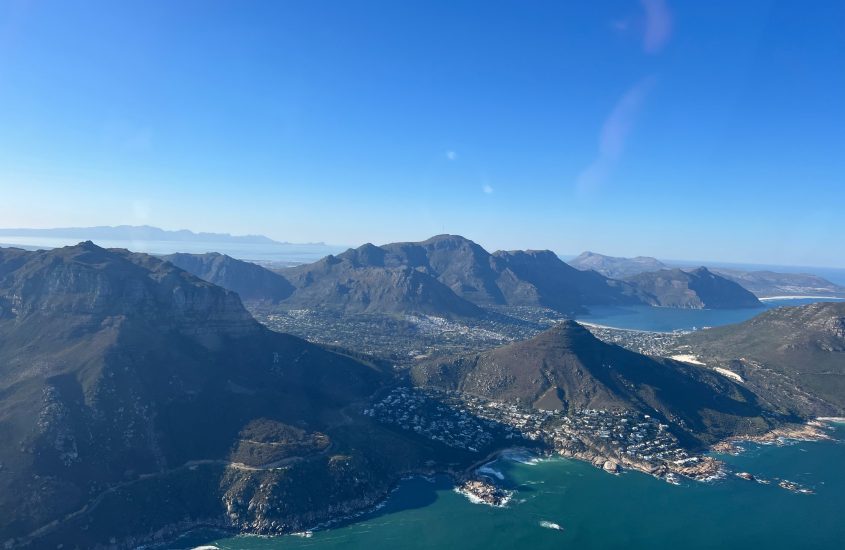
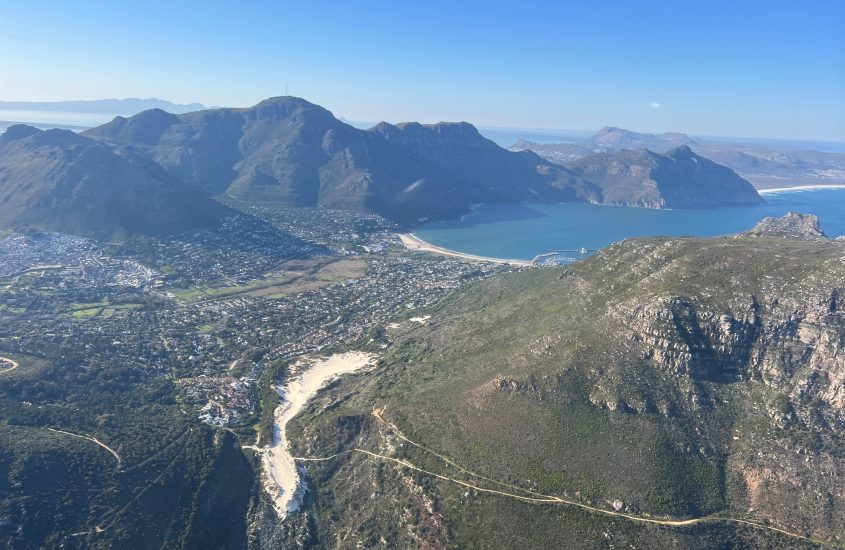

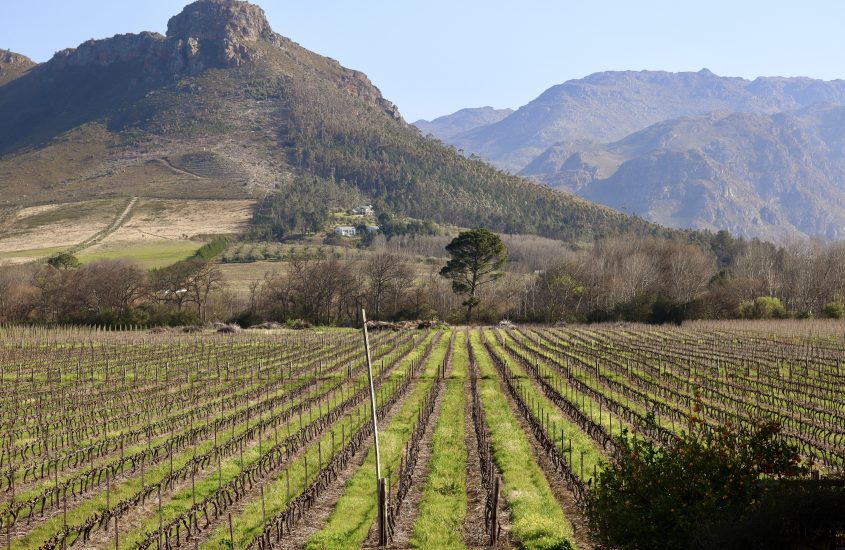
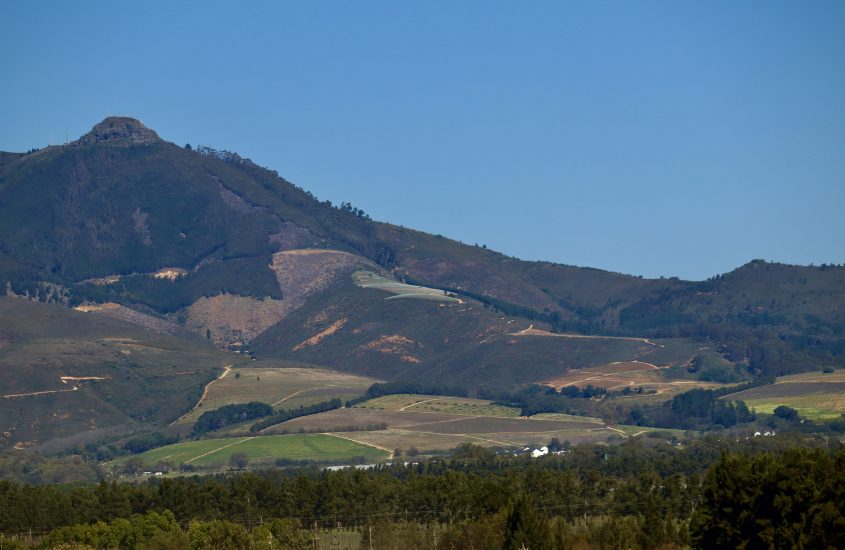
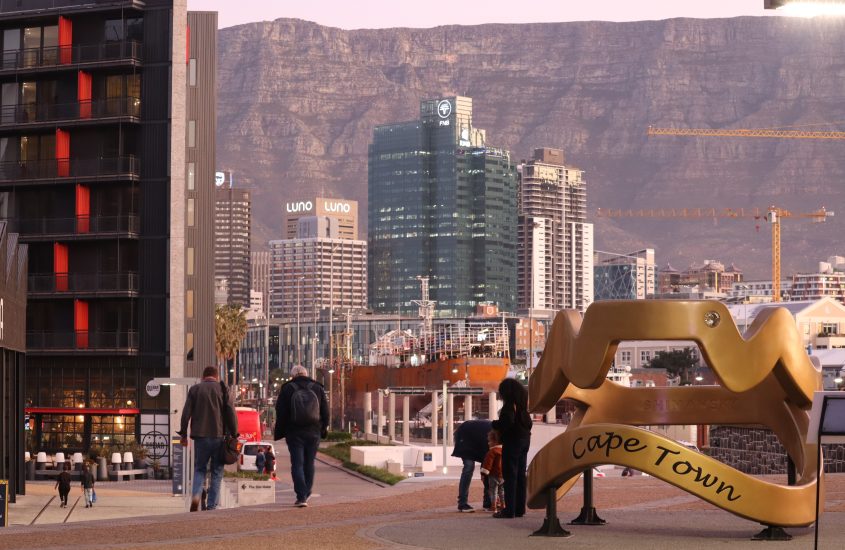
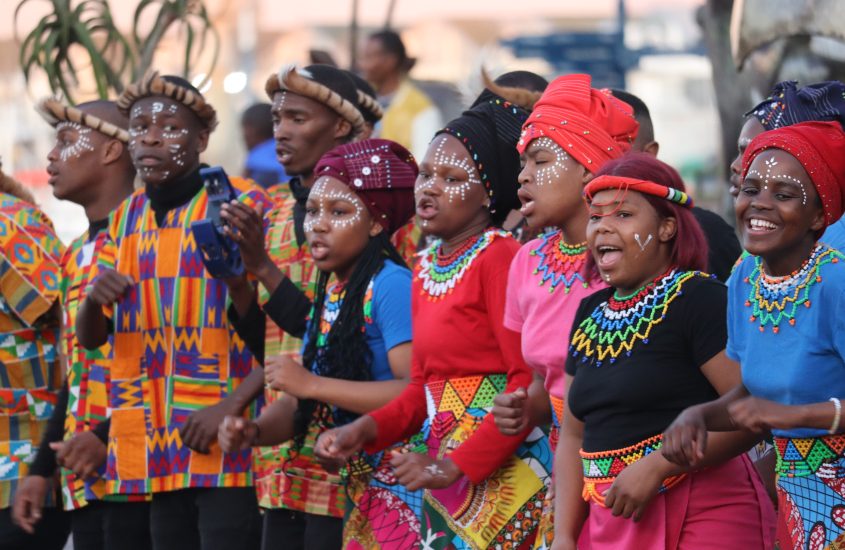

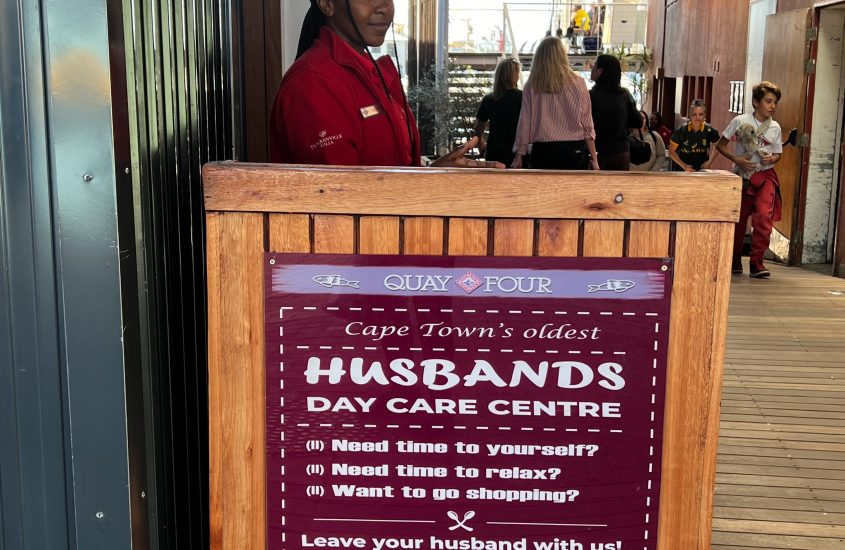
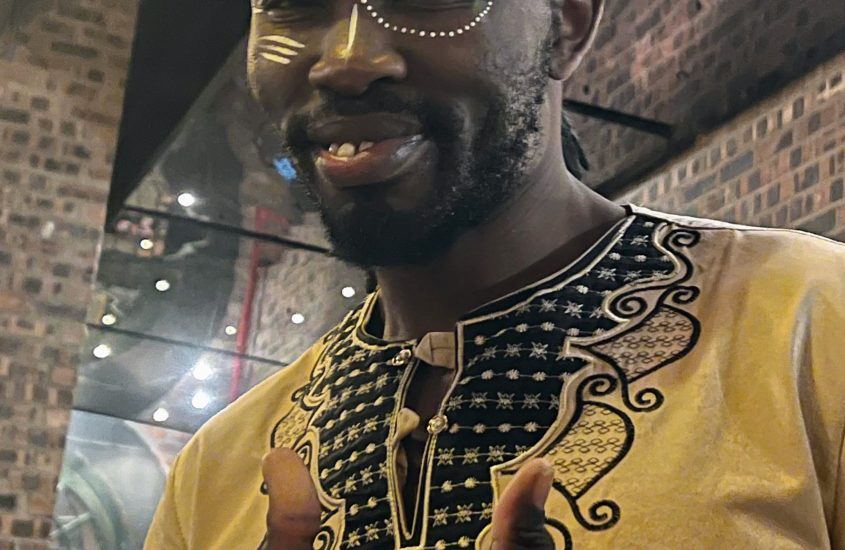
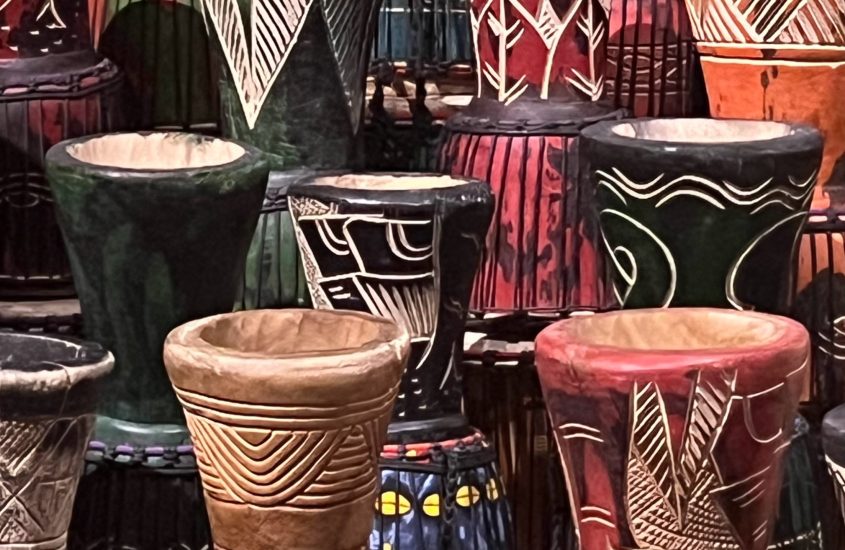


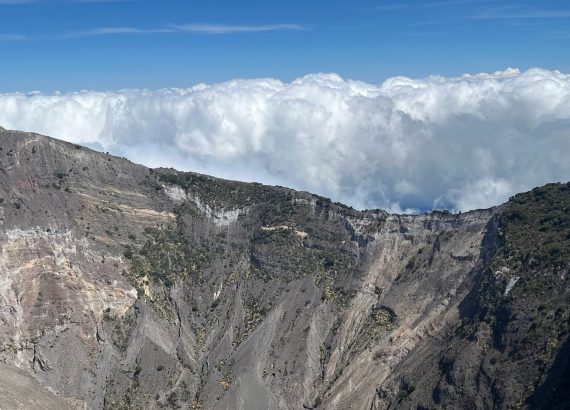
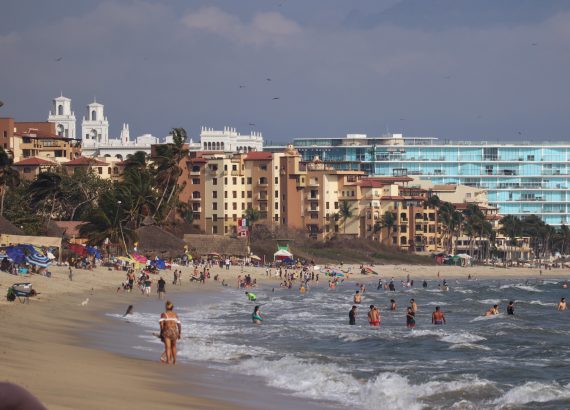
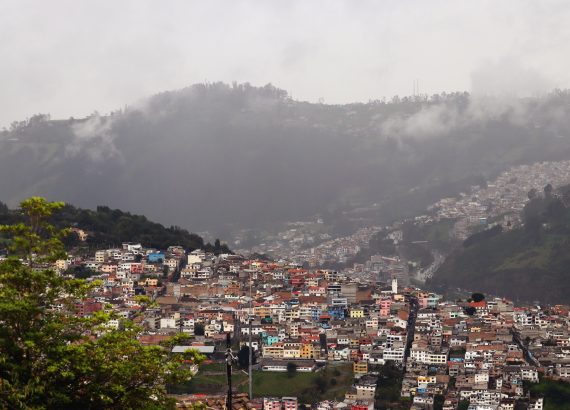
No Comments